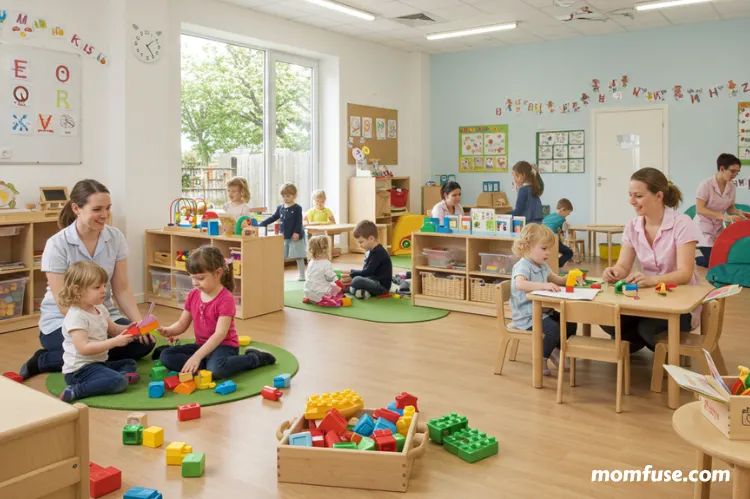Choosing the right childcare environment for your child is one of the most significant decisions a parent can make. It’s more than just finding someone to look after your little one. It involves creating a foundation for their development, safety, and well-being. Parents want to ensure their children are in a nurturing setting that fosters learning, socialization, and emotional growth.
With numerous options available, including daycare centers, family child care homes, and nannies, the choice may seem overwhelming. Here are seven insights to help you navigate this important selection process and find a supportive childcare environment for your child.
Do Your Research Before Making a Choice
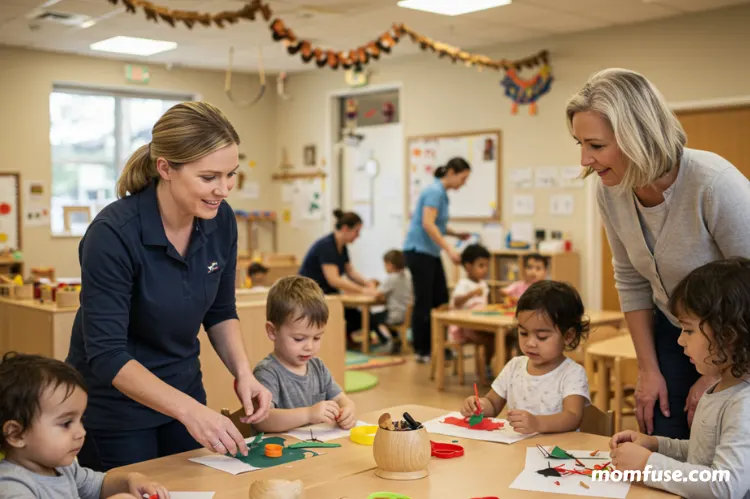
The first step in finding safe and supportive childcare is thorough research. Taking the time to investigate centers, in-home care providers, or nannies gives you a clearer picture of what each option offers, as the team behind Care for Kids explains. Look into licensing, staff qualifications, and safety protocols, as well as reviews from other parents.
Visiting facilities in person allows you to see how caregivers interact with children and whether the environment feels welcoming and secure. Checking every detail may seem time-consuming, but it ensures your child will be placed in a setting that supports their growth and keeps their well-being a top priority.
Assess Safety Measures
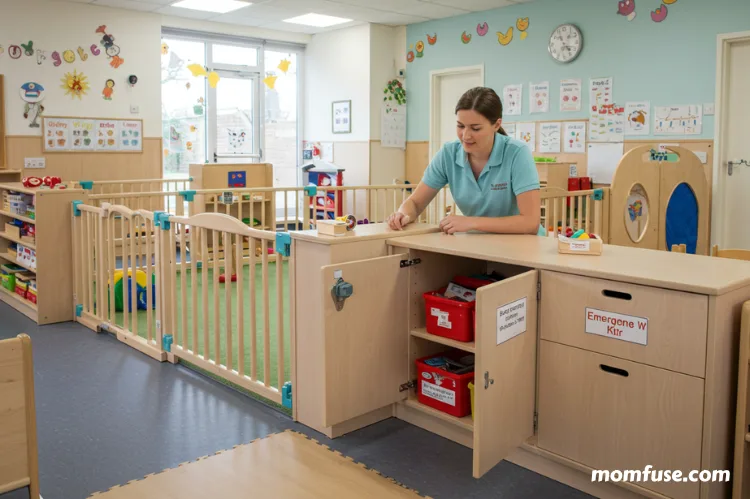
The first and foremost aspect to consider is safety. A safe childcare environment should have clear procedures in place to protect children from hazards, emergencies, and any unforeseen situations. Ensure that facilities are child-proofed adequately, with safety gates, secure storage for hazardous materials, and sufficient supervision at all times.
Inquire about safety training for staff members, including first aid and CPR certifications. According to the National Resource Center for Health and Safety in Child Care, rigorous safety standards lead to more secure settings, which is crucial for the well-being of children.
Focus on Staff Qualifications
The qualifications and experiences of staff are critical elements in determining the quality of a childcare environment. Educators trained in early childhood education are better equipped to create engaging curricula that cater to different developmental stages. Ensure that caregivers are trained in child development principles.
As highlighted in a report by the Center for American Progress, well-trained staff significantly contribute to positive outcomes in children’s learning and social-emotional development. It is vital to ask about staff credentials and ongoing professional development opportunities as you visit potential childcare centers.
Explore the Curriculum
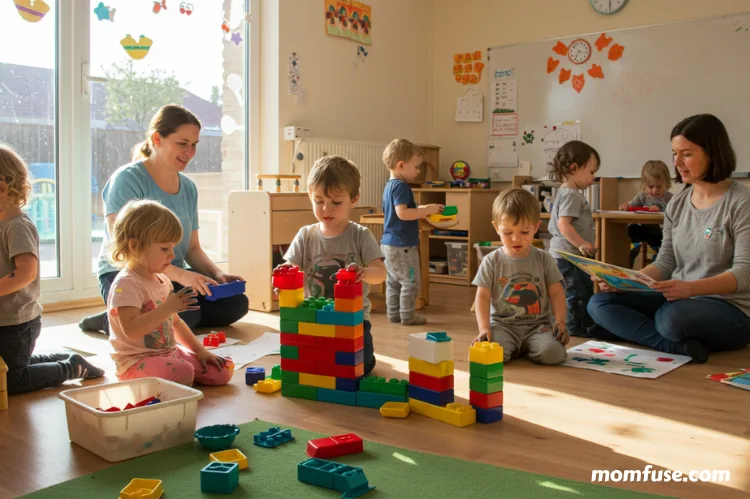
A structured yet flexible curriculum is vital in a quality childcare environment. Observe how the program encourages explorative play, promotes social skills, and integrates academic fundamentals. Communication skills should be nurtured through interactions with caregivers and peers. Active learning, where children engage directly with materials and their environment, enhances cognitive development.
Programs that focus on both educational and social-emotional learning tend to set a stronger foundation for lifelong learning. When evaluating curricula, remember that young children learn best through play and exploration, and the best environments will support these principles.
Observe the Interaction Style
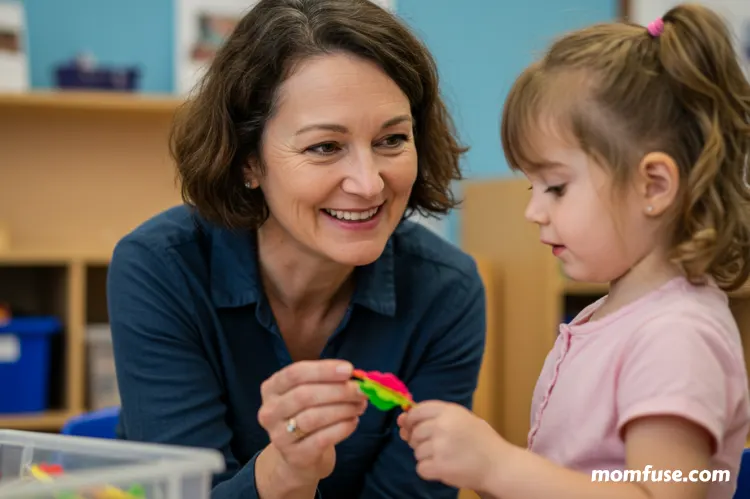
A positive interaction style between caregivers and children can significantly impact emotional growth and security. Watch how staff members engage with children: Do they encourage curiosity? Are they responsive to children’s needs? Quality programs foster respectful communication and build trust among children and adults. Consistent, nurturing relationships are foundational to a child’s emotional and social development.
According to the Harvard University Center on the Developing Child, early relationships can shape a child’s future health and development trajectories. Engaging with caregivers during your visits can offer insight into their interaction styles and willingness to support children holistically.
Prioritize Cleanliness and Health Standards
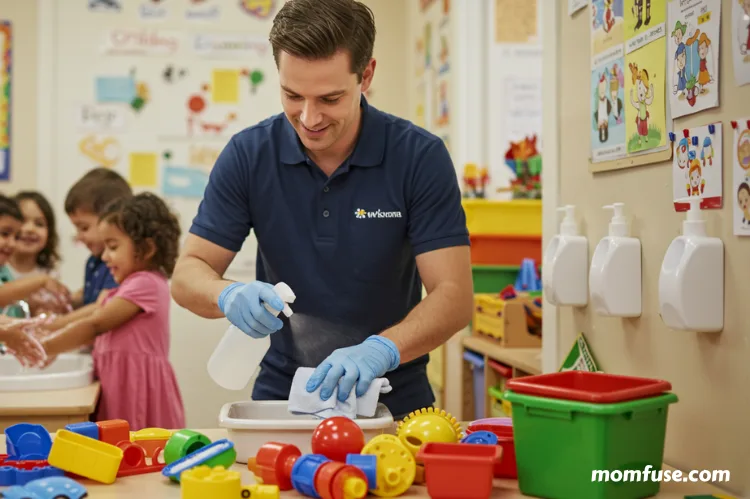
Health and hygiene have taken center stage in recent years, particularly amid global health scenarios. Ensure that any childcare environment maintains high cleanliness and health standards. Regular sanitization of toys, surfaces, and play equipment is important in providing a safe and healthy environment. Ask about policies regarding sickness and how they manage hygiene during meals.
According to the American Academy of Pediatrics, proper health measures can drastically reduce the spread of illness among children, ensuring a healthier childcare experience. Maintaining a clean environment can have immediate impacts on children’s health, comfort, and satisfaction while in care.
Consider Location and Accessibility
Convenience should not be overlooked when searching for childcare. Assess the location of facilities in relation to your home or workplace, and consider accessibility for parents and caregivers. It’s beneficial to choose a childcare center that is easy to reach, as this can alleviate daily stress and contribute to a more harmonious routine.
Evaluate parking availability, drop-off and pick-up procedures, and whether the facility accommodates parents’ schedules. A well-located center can ensure more consistent attendance and engagement from both parents and children. While finding a safe and supportive childcare environment can be daunting, taking the time to analyze these aspects can make the decision process more manageable.
Engaging with the right facilities, focusing on safety, staff qualifications, curricula, interaction styles, cleanliness, family engagement, and convenience will yield the best results. The right childcare setting can nurture your child’s growth, providing them with the tools they need to thrive as they transition into their schooling years.
Read Next: Homeschool Tips to Support ADHD Children’s Learning Success

